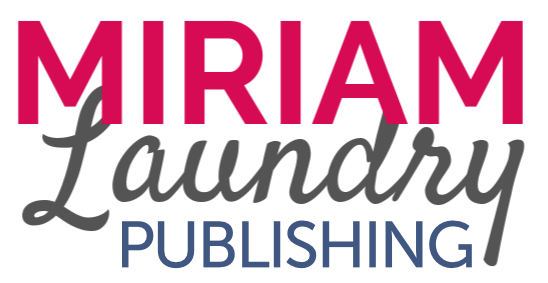If you’ve read any number of children’s picture books, you’ve probably noticed that some stories feature human characters while others use animal characters to tell the story. If you’ve ever read any number of children’s picture books AND have ever wanted to write your own, you’ve probably wondered why authors, editors, and publishers decide to use animal characters. What determines whether a story should have human characters or not? In this blog, you’ll find the answer.
How to Know Whether to Use Animal or Human Characters in Picture Books
The decision to use animal vs human characters is not random, despite what you might have noticed while perusing the library. Deciding who your characters are is a deliberate and important choice, because there are a number of things to consider before you decide whether to use animal characters or human characters in your children’s picture book. Let’s take a close look at each one so you can make the best decision for your story.
Look to the Message
If you’re writing a picture book with a message in mind, hold this message close and keep it at the top of your mind, because this message will inform every decision you have to make about your story. Including what kind of characters to use.
Of course, the method of deciding whether to use animal characters or human characters can be complex, but I want to keep this as simple as possible. With that in mind, think about your story and which of these categories it falls into.
3 Common Picture Book Story Categories
A Heartfelt Story. These stories have a light, warm, and wholesome tone. They seek to teach children a real life message/lesson they can carry with them into adulthood, without diving too deep into very serious and very delicate subject matter.
A Serious Story. These stories deliver messages about very serious and real-life subject matter with the goal of informing and helping children. This subject matter may even include topics such as substance abuse, divorce, and other real-life concerns that may appear in a child’s life.
A Silly Story. These stories are about reading for reading’s sake. They don’t deliver any particular message, but offer a fun and catchy read for young children.
Why These Categories Influence Character Choice
Interested in Writing a Children's Book?

Here’s how these categories relate to animal characters vs human characters:
Heartfelt Stories
Heartfelt stories may employ either human or animal characters, depending on the subject matter. To tell when to use animals or humans, think about what a parent would think if they saw a human child endure the roadblocks the main character faces.
For example, Children’s Book Masterclass instructor Sharon Jennings has a story entitled Bearcub and Mama. In this story, a young bear cub gets lost in a storm and cannot find his mother.
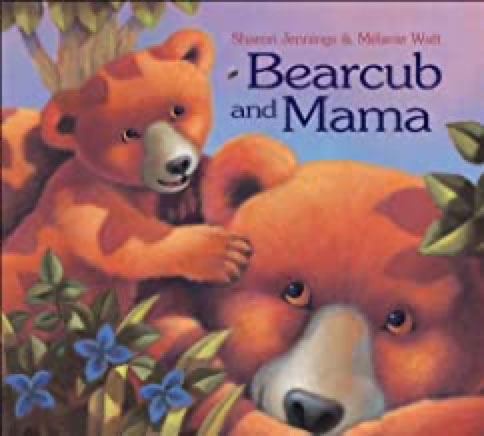
Sharon explains that she decided to use animal characters in this story because it would feel too threatening for human children to see a child just like them endure such a serious hardship. A human child cannot get lost in the forest without explanation, but for a bear cub, it’s no big deal.
Imagine what a parent would say if they read a book about a human child getting lost in the forest…
Where’s the parent? Why is the child in the woods all alone? How did the child get there in the first place?
By using animal characters, Sharon has kept her reader at an arm’s length from the story so that they can still learn from it, but not feel threatened or fearful themselves.
But if your story is about the importance of sharing, for example, and shows a child learning to share with their classmates, you can stick with human characters, making it even easier for a reader to see themselves in the story and adopt the good habits shown through the story.
Serious Stories
Serious stories must always use animal characters, for the reasons mentioned above. To see a human child face such serious realities such as abuse and addiction is too threatening to young readers and may be too discomforting for parents.
That’s not to say these stories shouldn’t be written. They SHOULD be written. They NEED to be written and published. It’s important to inform children so they can protect themselves and identify harmful or potentially harmful situations.
Instead, use animal characters to deliver the same message without risking the young reader feeling threatened or fearful.
Silly Stories
Silly stories can go either way. You may want to use human/cartoon characters just like Robert Munsch did in his books, which tell such absurdly funny stories that children understand they aren’t reality.
But, if the silliness in your story relies on a metaphor relevant to an animal or animal trait, then go ahead and use animal characters. Think of The Very Hungry Caterpillar, for example. It’s arguably a silly story that relies on the main character’s absurd disloyalty to the common caterpillar’s leafy diet.
Determine the Tone
If your story doesn’t fit nicely into any of these categories, it might look a little something like Melanie Watt’s Scaredy Squirrel.
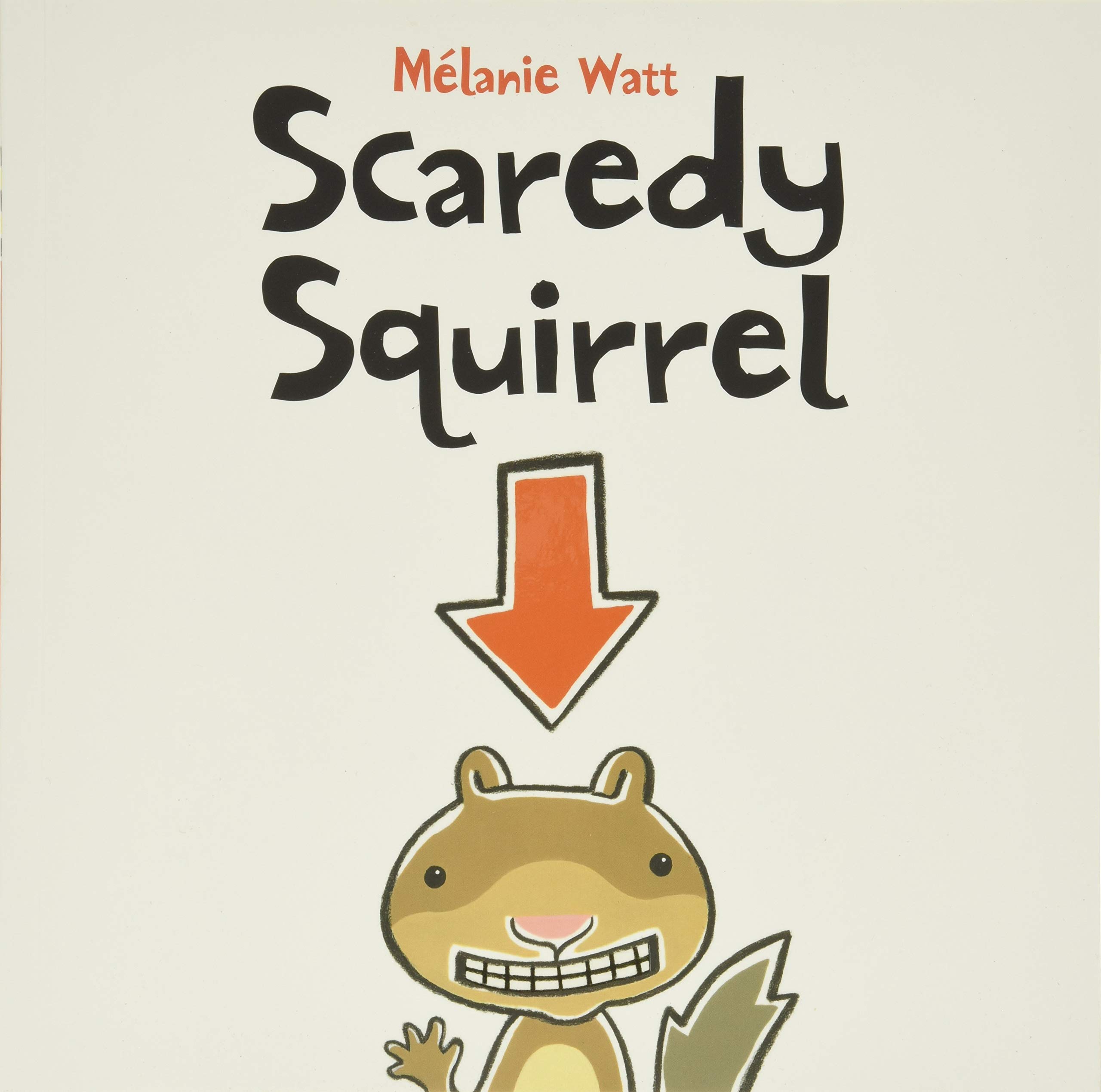
It’s a story about anxiety, a serious life topic, but it also holds a very silly and lighthearted tone. Oftentimes, you’ll see readers, both young and adult alike, giggling at its clever use of absurd plot and fun illustration.
This is an example of how tone can play a part in deciding whether to use animal characters or human characters.
Serious Tone
A serious tone might call for human characters to ensure the subject matter isn’t made light of. Note that this isn’t always the case. Some serious subject matter can and should be expressed through the use of non-human characters for reasons already explored, but sometimes it’s better fitting to use human characters.
One of the authors from Publishing Mastermind published a book that fits this description.
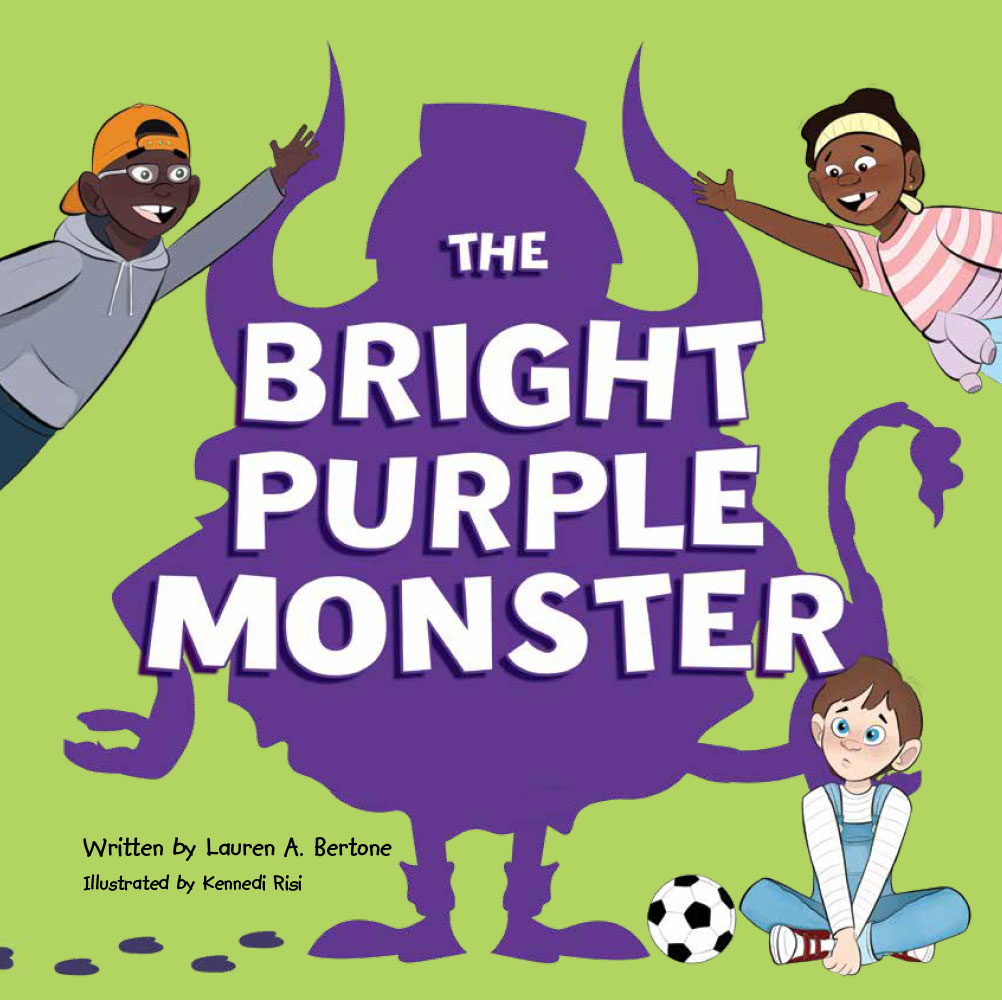
The Bright Purple Monster is a children’s picture book about a young boy who struggles with his mental health. At first glance, you might think this book should’ve used animal characters. After all, it’s about very serious subject matter!
Because the tone in this story is very realistic and seeks to replicate life as its readers may experience it, the story uses human characters. But it doesn’t break the rule of serious stories, which is to keep the young reader at an arm’s length from the problem. How? It uses a monster/fictitious being to represent the young boy’s anxiety.
In other words, it uses an “animal” character to represent the threat, but still puts human characters front and centre.
This is an example of how you can balance serious tone and serious subject matter with human characters.
What does this mean for your story? It means you must seriously consider the tone in your story and determine to what extent you want your story to hold a mirror up to the child.
Do you want your story to show the reader a glimpse of their own life? Or, do you want the story to use metaphor to caution and inform young readers about unfortunate realities?
As the author, only you can make that decision.
Choose a Metaphor
At this point, you probably have a sense of whether you want to use animal characters or human characters (or a hybrid) in your story. And if you’ve decided to include animal or non-human characters in some capacity, it’s time to make another decision: how to use metaphor to your advantage.
What is Metaphor?
Metaphor is a comparison between two unlike things with the purpose of drawing connections or exposing similarities between them.
Let’s look at some examples.

Back to a familiar title, Scaredy Squirrel by Melanie Watt explores the story of an anxiety-ridden squirrel. At first glance, this animal choice might seem random. By now we know why she chose an animal character (it’s serious subject matter), but why a squirrel?
At a closer glance, we can find our answer: just like anxiety might make someone feel they’re heart is racing and their actions are skittish, squirrels are known for darting away at the sound of a pin drop and mostly hiding out in their home among the trees.
Melanie Watt uses a great metaphor. She uses what readers already know about squirrels to help them better understand anxiety and how it can impact people.
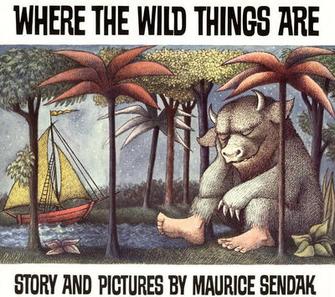
Where the Wild Things Are by Maurice Sendak compares anger and misbehaviour to large, untame beings. The “Wild Things” serve as an effective metaphor, helping readers identify the characteristics of big emotions (and teaching readers how to tame them).
Take a close look at your story, the message it teaches and its tone to pick the best metaphor for your book. Think of how your metaphor can help young readers better understand the subject matter by extracting from things and experiences they already know.
Let Your Story Grow
As you write or edit your story, you might find it grow and change. Alongside that growth and change, you might find your chosen characters and metaphors no longer fit the story.
That is completely okay.
Let your story grow and change. Embrace it. You’re not glued to your initial choices. If you’ve decided to use human characters, give yourself the space to explore the same story with animal characters. The same goes for metaphors. Try different ones out to find the best fit.
Always remember, you CAN do it.
